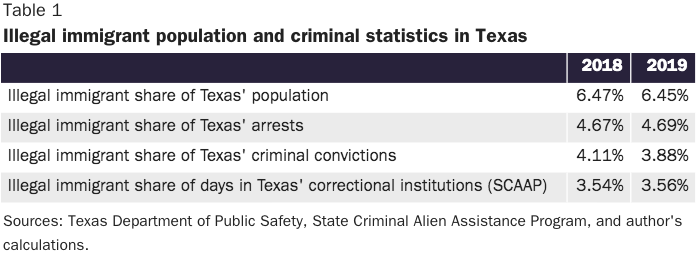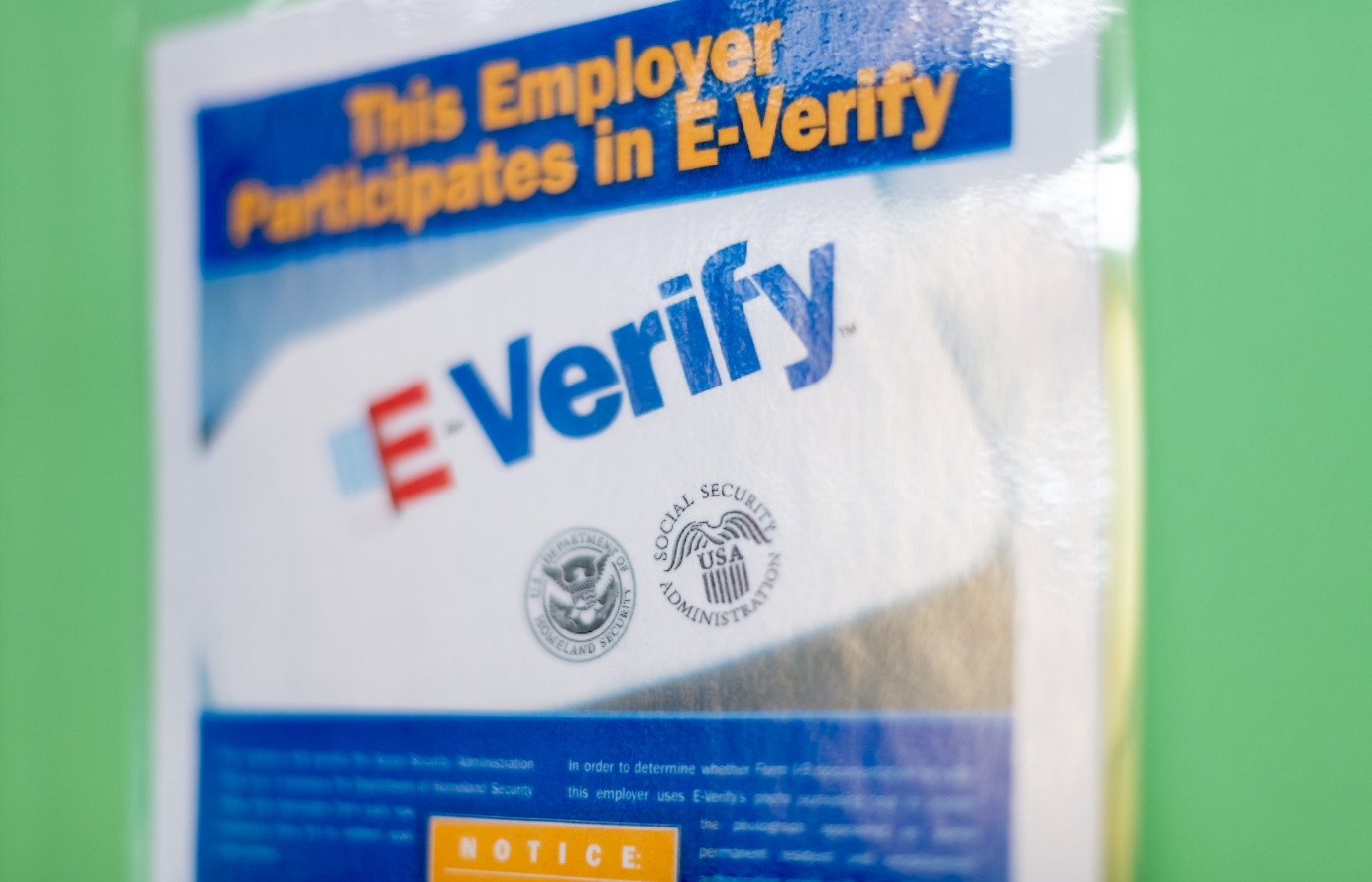State Criminal Alien Assistance Program (SCAAP) Data Still Show that Illegal Immigrants Have a Low Crime Rate: A Response to FAIR
Spencer Raley at the Federation for American Immigration Reform (FAIR) published a short blog post critical of a blog post that I had written about how State Criminal Alien Assistance Program (SCAAP) data for the state of Texas is further evidence that illegal immigrants have a lower crime rate than native‐born Americans. Raley disagreed and raised many points, some of which echoed points raised in my original post and a few that required a second look from me.
Raley raised the important issue that many counties did not apply for SCAAP grants in 2019, the year that I analyzed. In particular, Dallas County did not apply for SCAAP funds in 2019. In my original blog post, I wrote that “Perhaps some local facilities don’t apply or SCAAP reimbursement,” and Raley confirmed that that was true in at least one important county. Since Dallas County, which is large, was excluded, that is an important omission to correct. Raley also raised the issue that not all illegal immigrants might be counted in the 2019 data yet due to the time it takes for convicted individuals to be incarcerated and included in SCAAP data.
To resolve both of these issues, I re‐ran my analysis for the 2018 SCAAP data. The results are very similar to my 2019 finding. I simply added up the number of days that illegal immigrants were incarcerated for in Texas according to SCAAP data and divided that by the total number of days that all people were incarcerated in the state. In the 2018 data, the largest county missing data is Hidalgo county with about 800,000 residents. Dallas County applied for SCAAP in 2018. Table 1 shows that the number of days that illegal immigrants spent incarcerated in Texas in 2018 for whom the government sought SCAAP compensation was 3.54 percent, which was 45.33 percent below their share of the state‐wide illegal immigrant population. According to the new calculations of the SCAAP data in response to the points raised by Raley, the results are nearly identical.

Table 1 also shows that 4.11 percent of all people convicted of a crime in Texas in 2018 were illegal immigrant individuals, which is higher than their share of time spent in correctional institutions at 3.54 percent. The percentages are very close to those reported for 2019 in my original blog post. The illegal immigrant share of all criminal arrests was higher at 4.67 percent but that is still about 28 percent below what we’d expect given the illegal immigrant share of Texas’ total population in 2018. Again, those percentages are very similar to my original blog post.
Some counties in Texas are still missing from the 2018 SCAAP data. In 2018, individuals spent 74,222,775 total days incarcerated in Texas. Of those days, 2,624,750 were spent by illegal immigrants in prison. There would have to be an additional 2,175,942 days spent by illegal immigrants in prison in Texas in 2018 for them to spend the same amount of time behind bars as native‐born Americans did as a percentage of their respective total statewide populations. The odds of illegal immigrant incarcerations in some missing medium‐sized and small counties making up for that shortfall are basically zero, especially since including SCAAP data from any further counties would increase both the numerator and denominator.
Raley raised some important points in my original blog post. Correcting for them by looking at an earlier year that included all of the most populous counties in Texas returned nearly identical figures to those that I reported in my original blog post. As I noted in my original blog post, there are some days spent incarcerated in Texas by people with unknown immigration statuses. Counting all individuals with unknown statuses as illegal immigrants raises their share of days spent incarcerated in 2018 to 4.45 percent of the total number of days spent in prison. That is 31 percent below the illegal immigrant share of the population, further below the share that I reported for 2019, and below the 4.64 percent of the population that I recorded in my original blog post.
SCAAP data aren’t perfect. There are missing values, the parameters of the SCAAP program itself might reduce the number of incarcerated days, and other problems with measuring the number of days spent in prison by illegal immigrants reduce its usefulness. However, its finding are very close to those of the arrest and conviction data from the Texas Department of Public Safety. All of the evidence, even the SCAAP data, are pointing toward the same conclusion: Illegal immigrants have a much lower crime rate than native‐born Americans.








